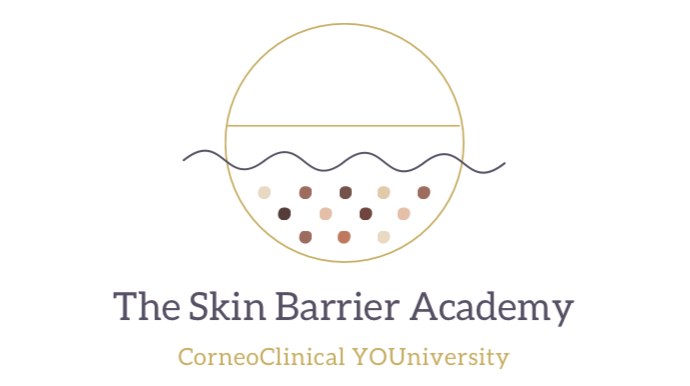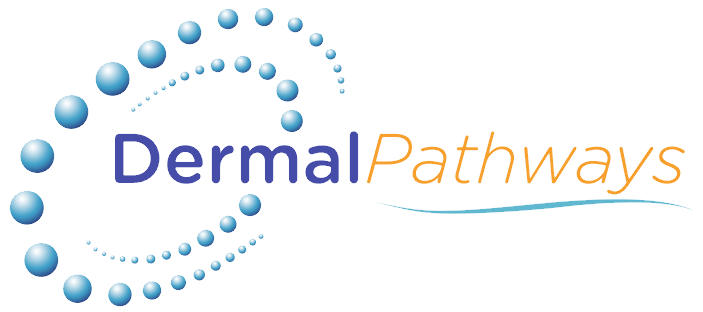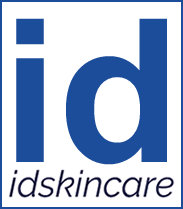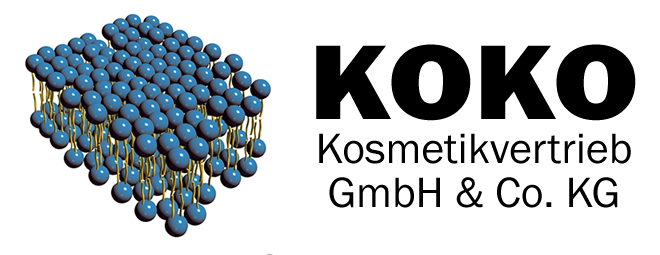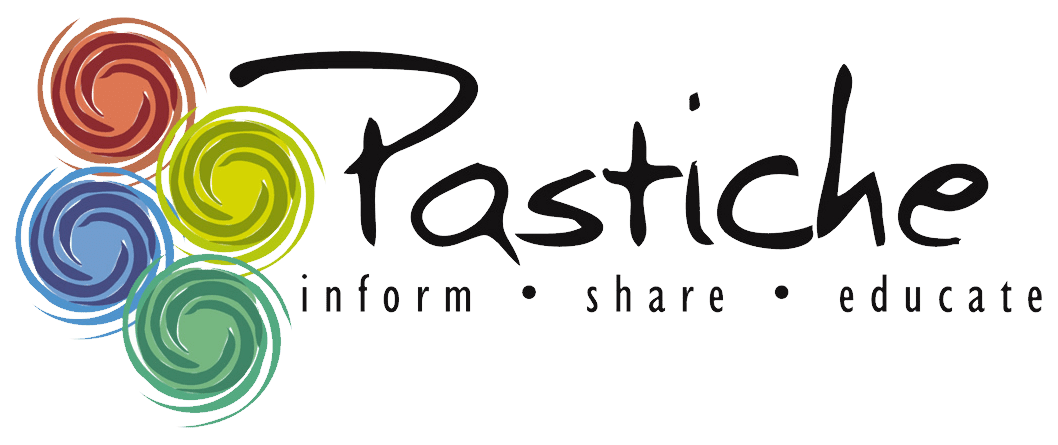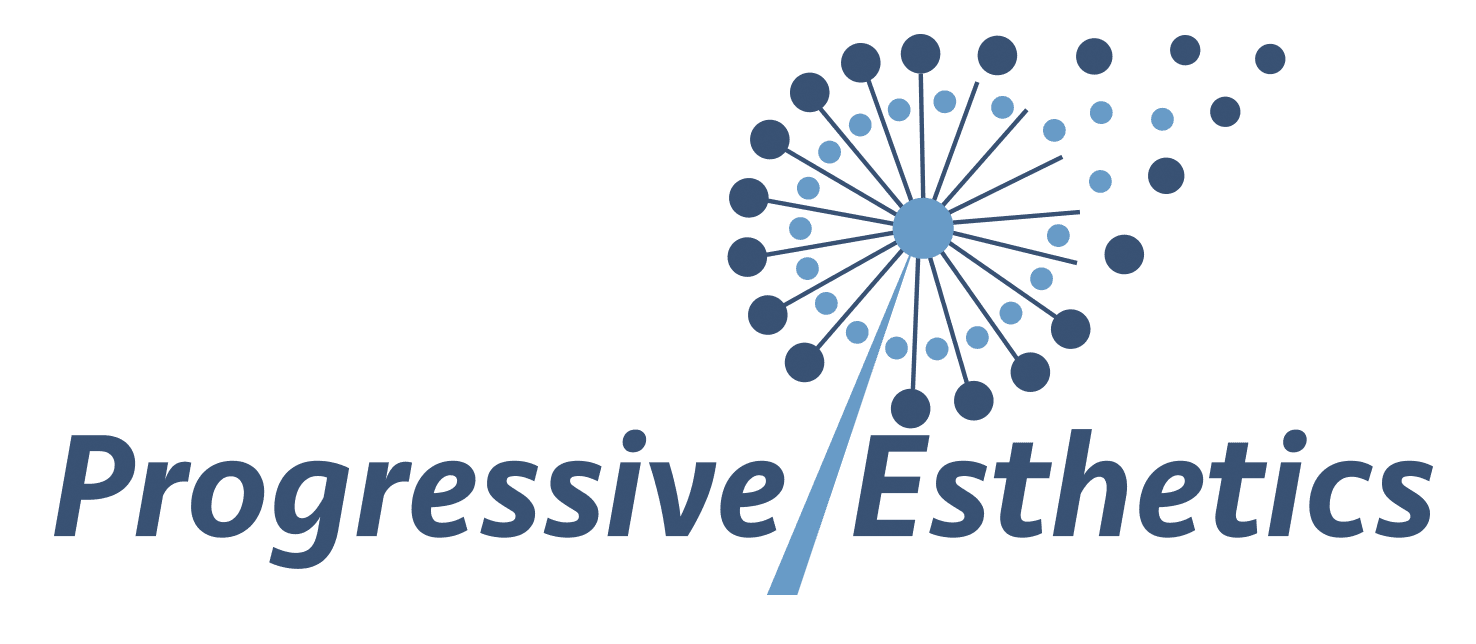The 3rd International Symposium on Corneotherapy 2014 was a great success!
Venue for the event was the Ambassador Hotel, Kaohsiung, Taiwan between 17-19 November 2014
The guiding theme for the symposium was The Compromised Skin & Corneotherapy and featured presentations from Prof Lars Norlen, (Sweden) Dr Hiroshi Ikeno, (Japan) Dr Tzu-Kai Lin, (Taiwan) Dr Chia-Yu Chu, (Taiwan) Walter Arkesteijn, (Netherlands) Dr Pin-Chi Chiu, (Taiwan) Dr Hans Lautenschlager, (Germany) Florence Barrett-Hill, (New Zealand) Rene Serbon, (Canada) and Kathryn Mazierski. (United States)
The event attracted over 85 participants from 14 countries around the world.
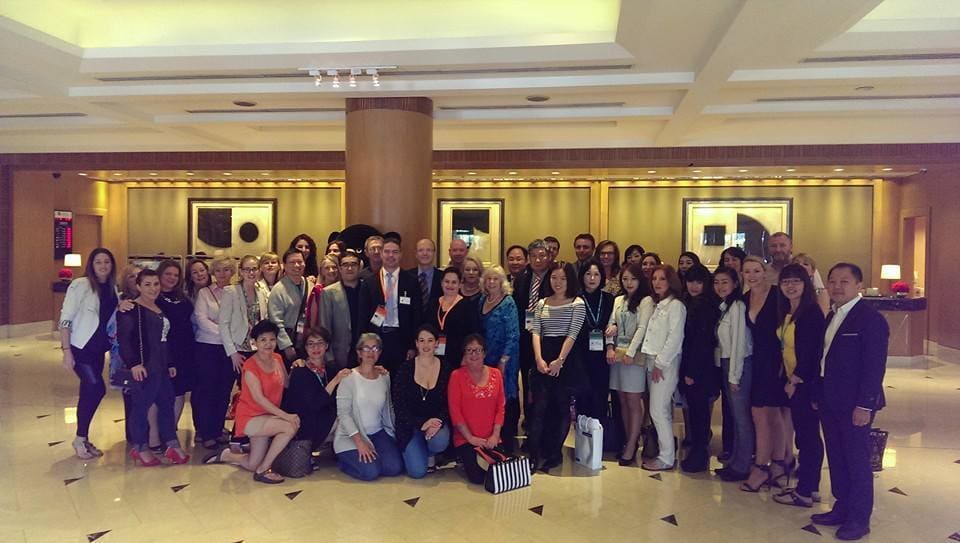
Some of the participants who attended the 3rd Internationalsymposium on Corneotherapy 2014

The event began with a welcome from both our Taiwanese host; Ken-Chuan Chou, from High Grade Pharmaceutical Co, who spoke of the importance of events such as the symposium, and how in such a fast paced, changing world we need the interaction with our peers to ensure we continue to grow and to adapt to the changes. He said that the symposium allows us to be motivated and responsive to new ideas, to be sustainability-focused and to ensure we stay at the cutting edge.
Following Ken's address, he heard from Mr Yung-Te Lee, the Vice Mayor of the city of Kaohsiung. We were treated to a short video of all the city of Kaohsiung had to offer from a business and tourism perspective.
 Our vice chairman, Dr Hans Lautenschläger officially opened the event with a brief overview of the symposium and the creation of the IAC; outlining the progress made to date and events the IAC have undertaken since its inception, including the creation of the website and educational commission.
Our vice chairman, Dr Hans Lautenschläger officially opened the event with a brief overview of the symposium and the creation of the IAC; outlining the progress made to date and events the IAC have undertaken since its inception, including the creation of the website and educational commission.
As a registered non-profit organisation there was a lot of work going on behind the scenes to form the structure and resources of the organisation. All who had played pivotal roles were thanked.
A buffet dinner was served after the opening addresses.
 The first presenter for day one of the Symposium was Dr Lars Norlén, Associate Professor from the Karolinska Institute in Stockholm, Sweden, who delivered a stunning insight to the new discoveries about the structure of the lipid structures of the epidermis.
The first presenter for day one of the Symposium was Dr Lars Norlén, Associate Professor from the Karolinska Institute in Stockholm, Sweden, who delivered a stunning insight to the new discoveries about the structure of the lipid structures of the epidermis.
Dr Norlen and his team had spent the last 10 years working with high magnification cryo-electron microscopy (EM) to determine for the very first time, the true nature and structure of these important lipids.
During the presentation we were walked step by step through the methodological approach used to make these remarkable discoveries; with one of the key factors to the success in being able to examine the epidermis's lipid matrix in situ, or in its near-native state.
This new approach is in contrast to older, more conventional techniques where samples of the skin were treated with chemical agents and dyes to produce high contrast microscopic images. The advantage of being able to examine what is essentially snap-frozen skin samples without any chemical treatment, meant that using EM stimulation and complex, cutting edge molecular modelling, Dr Norlen was able to identify the molecular structure and physical organisation not previously observed by other methods. His research showed that the stacked bilayers are more horizontal in arrangement than the previously understood, alternate head/tail vertical arrangement. What this discovery means to Corneotherapists is that we have to consider what we had previously known as the lipid bilayers to be better described as a lamellar structure.
Our second presenter was Dr Tzu-Kai Lin, from the Department of Dermatology at the National Cheng Kung University Hospital in Tainan, just north of Kaohsiung. Dr Lin spoke about the "wear and tear" analogy applied to skin ageing and the two predominant types of skin ageing, chronological and photoageing. Dr Lin explained how in chronological ageing, Keratinocytes gradually lose their ability to properly differentiate terminally to form a functional stratum corneum, with the permeability barrier from lamellar bodies of keratinocytes often affected to the point where it is inadequate to provide sufficient protection and defense. Dr Lin then spoke about the basic principles and different types of moisturisers used to combat abnormal skin barrier functions, discussing the popular but less than optimum solutions used by dermatologists historically and the benefits of moisturisers that follow corneotherapeutic principles.
 After a short break, Dr Hiroshi Ikeno, MD from the Ikeno Clinic of Dermatology & Dermatologic Surgery, Tokyo, Japan took the stage to share with us his approach to treating acneic skins using sodium L-ascorbyl-2-phosphate (APS) as the primary active agent to reduce scarring as part of a treatment regime.
After a short break, Dr Hiroshi Ikeno, MD from the Ikeno Clinic of Dermatology & Dermatologic Surgery, Tokyo, Japan took the stage to share with us his approach to treating acneic skins using sodium L-ascorbyl-2-phosphate (APS) as the primary active agent to reduce scarring as part of a treatment regime.
Dr Ikeno first explained that acne vulgaris is not an infectious disease, but an inflammatory disease, where the role of P.acnes is more inflammatory than infectious; with the presence of inflammation being continuous throughout the entire disease process, and the involvement of lipid peroxides, in particular squalene peroxides in establishing the inflammatory process has been identified.
What this means for corneotherapists treating acne is that there will be a long-term approach to reducing the inflammatory process during the cycle and that the prevention of new lesions is the best practice approach to providing a effective treatment. Reducing the inflammatory process will also help prevent long-term sequelae such as scarring or post-inflammatory hyperpigmentation (PIH).
The before and after treatment images shown by Dr Ikeno were indeed impressive, with in many cases a significant clearance with minimal scarring. This is testament to why Dr Ikeno is one of the most sought after specialists in the treatment of Acne in Tokyo and beyond.
Dr Ikeno explained how the APS works on the skin by enzymatically converting into two substances, phosphate (PO43-) and vitamin C. (VC; L-ascorbic acid) then explained the pharmacological roles that include removal of active oxygen species, synthesis of ceramide, suppression of melanogenesis in addition to being a co-factor of collagen synthesis.
He then went on to explain that not only does APS permeate into both the epidermis and the dermis more than any other VC derivative, that it is easily converted into pure vitamin C inside of the skin. It is well recognised that Vitamin C is the most effective anti-oxidant for the epidermis and dermis, and the therapeutic value of antioxidants in the treatment of acne vulgaris is crucial to success.
 Next, the participants enjoyed a presentation from Dr Chia-Yu Chu, Associate Professor, MD, PhD from the National Taiwan University Hospital, in Taipei, Taiwan. Dr Chu presented to the group some of the most recent research in to Atopic dermatitis, reminding us that it involves not only immunological factors but also impairment of the barrier function.
Next, the participants enjoyed a presentation from Dr Chia-Yu Chu, Associate Professor, MD, PhD from the National Taiwan University Hospital, in Taipei, Taiwan. Dr Chu presented to the group some of the most recent research in to Atopic dermatitis, reminding us that it involves not only immunological factors but also impairment of the barrier function.
Dr Chu also discussed the established treatments for Atopic dermatitis being topical corticosteroids that focus on immune interventions. He also mentioned the adverse reactions of corticosteroid treatment, such as skin atrophy and immune suppression leading to bacterial infection. There was also mention of the potential for vasoconstrictive effects from topical corticosteroids leading to the disruption of the SC lipid bilayers and disturbing lamellar body expression.
Dr Chu then went on to illustrate how corneotherapy has become the link between cosmetics and dermatology, with solutions for the intensive rehydration of the epidermis with skin-related lipids that contribute to the restoration of the skin barrier function without occlusion.
 The final presentation before lunch was Technologist Walter Arkesteijn from InnoFaith beauty sciences B.V., Eindhoven, The Netherlands.
The final presentation before lunch was Technologist Walter Arkesteijn from InnoFaith beauty sciences B.V., Eindhoven, The Netherlands.
Walter provided us with a fascinating presentation about skin fluorescence, and how the skin emits light energy of specific frequencies when exposed to UV radiation. He explained how the different colours emitted correspond to a variety of biological ecosystems, and consequently skin conditions.
Many of the group were already familiar with the basic fluorescence technology of the conventional woods lamp, however we did not realise how inefficient and limiting this almost 90 year old technology was compared to current device technology that utilise skin fluorescence.
Walter then shared with the group how narrow band, intensity adjustable, LED UV sources and cross polarisation filters provide unprecedented visual clarity for the user and elevated visual skin diagnostic devices to the forefront of practical analysis tools.
With a brief journey through the R&D stages of device design and evaluation, we saw how modern technology in the form of LEDs and microprocessor controls have forever changed what started out as the humble woods lamp to a 21st century diagnostic tool.
 Following lunch, Dr Pin-Chi Chiu, MD, MBA from International Asthetic Medical Centre located at the Chinese Medical University Hospital in Taichung, Taiwan presented a lecture on the subject of Skin whitening and Corneotherapy.
Following lunch, Dr Pin-Chi Chiu, MD, MBA from International Asthetic Medical Centre located at the Chinese Medical University Hospital in Taichung, Taiwan presented a lecture on the subject of Skin whitening and Corneotherapy.
Dr Chiu summarised the various roles of the epidermal cells in the formation of pigmentation, and touched on the fact that keratinocytes have more essential and indispensable roles in melanogenesis than understood by many individuals who treat hyperpigmentation.
Dr Chiu explained that keratinocytes have more crucial roles than melanocytes as they receive various stimuli from the environment, release corresponding signals to influence underlying melanocytes, accept melanosomes from the dendrites of melanocytes and help keep proper homeostasis of melanin metabolism within the keratinocyte. He went on to say that many skin care products for the control of pigmentation (skin whitening) still focus on the inclusion of tyrosinase inhibitors, and with the knowledge available today about the five intervention points of melanogenesis, that we should change our mindset and concepts for managing hyperpigmentation.
He explained that strengthening the endogenous skin barrier, providing better nurturing environment for keratinocytes and regulating the melanin metabolism within keratinocytes will provide a better platform with which to treat hyperpigmentation problems in the future.
 Next on the podium was Dr Peter Hsien-Li Peng, MD from the P-Skin Professional Clinic in Kaohsiung, Taiwan. Dr Peng spoke about the role of corneotherapy in photorejuvenation; from the protection and augmentation perspective. Dr Peng provided an overview of the different types of lasers and phototherapeutic devices now available for various procedures, including vascular lesion treatments, acne treatments, scar improvements, photorejuvenation, and resurfacing.
Next on the podium was Dr Peter Hsien-Li Peng, MD from the P-Skin Professional Clinic in Kaohsiung, Taiwan. Dr Peng spoke about the role of corneotherapy in photorejuvenation; from the protection and augmentation perspective. Dr Peng provided an overview of the different types of lasers and phototherapeutic devices now available for various procedures, including vascular lesion treatments, acne treatments, scar improvements, photorejuvenation, and resurfacing.
He explained that the role of corneotherapy in combination with phototherapeutic devices is that of preparation for the procedure and post treatment care, with the importance of ensuring the skin was in good condition before embarking on the procedures. Equally, corenotherapy can play a pivitol role in aftercare, especially during the wound healing phase where corneotherapeutic practices can aid recovery time.
 Our final speaker for the day was Dr Hans Lautenschläger, PhD from KOKO GmbH & Co. KG in Leichlingen, Germany. Dr Lautenschläger spoke with passion about a subject he knows so well: the study of phospholipids, their physiological impact and their use in corneotherapy.
Our final speaker for the day was Dr Hans Lautenschläger, PhD from KOKO GmbH & Co. KG in Leichlingen, Germany. Dr Lautenschläger spoke with passion about a subject he knows so well: the study of phospholipids, their physiological impact and their use in corneotherapy.
Dr Lautenschläger explained the importance of phospholipids and how they occur where membranes or transport vehicles are needed for the metabolic processes. We learned that they are present in cell membranes of humans, animals and plants, intracellular membranes such as those in the mitochondria, membranes of chylomicrons which transport dietary fats from the intestines into the lymph vessels and bloodstream, and the transport lipoproteins of blood circulation.
He went on to describe the six different types of phospholipids that are sourced from lecithin, the primary source of phospholipids in skin care. We learned that phosphatidylcholine (PC) is currently the most important phospholipid in skin care, and that PC sourced from lecithin contains 65% linoleic acid. (Essential Omega 6 fatty acid) Lecithin sourced PC also contains around 6% a-linoleic acid, or omega 3 fatty acid, which when in the skin provides anti-inflammatory properties. We learned about the sebum suppressing and solvent action of PC, and how it can be used to treat acne vulgaris due to its ability to moderate cornification disorders at the orifices of the sebum gland, and help reduce blockages.
One of the most important things we learned from Dr Lautenschlägers presentation was that pure PC in a O/W emulsion will spontaneously create liposomes. This makes PC a perfect transport vehicle for corneotherapeutic skin care ingredients. He explained that other PC's such as dipalmitoyl phosphatidylcholine (DPPC) have further interesting properties that allow them to be used to prepare lamellar creams that are particularly suited for skin protection purposes, particularly their ability to stabilize the transepidermal water loss (TEWL) naturally while minimising the "washout effect" of natural protective substances created by conventional emulsifier-containing preparations.

Our esteemed presenters from day one of the symposium
 Our first speaker for day two was René Serbon of Dermal Systems Inc., Penticton, Canada who presented a concise synopsis of the melanogenesis process. Rene took us through the 9 stages of melanogenesis, and explained that because of the number of steps, there are likely to be more than one step that can potentially go wrong, resulting in a pigmented condition. We learned about the number of melanocytes we have, how long to they live, and how susceptible they are to damage that causes the cell to function inadequately.
Our first speaker for day two was René Serbon of Dermal Systems Inc., Penticton, Canada who presented a concise synopsis of the melanogenesis process. Rene took us through the 9 stages of melanogenesis, and explained that because of the number of steps, there are likely to be more than one step that can potentially go wrong, resulting in a pigmented condition. We learned about the number of melanocytes we have, how long to they live, and how susceptible they are to damage that causes the cell to function inadequately.
We also learned the difference between a light and a dark skin and how UV radiation affects these skins, along with the formation of the pigment granule, how it is transferred to the keratinocyte, and the role it plays in cell defence, and the desquamation with the keratinocyte.
She concluded by reiterating that unless we understand the melanogenesis process, we will be unable to provide effective treatment solutions.
 Following Rene was our chairperson, Florence Barrett-Hill from Pastiche Training in New Zealand.
Following Rene was our chairperson, Florence Barrett-Hill from Pastiche Training in New Zealand.
Florence followed on from Rene and further discussed pigmentation; this time from a post inflammatory perspective. Florence spoke about the causes of post inflammatory hyperpigmentation (PIH) and that the occurrence of oxidative stress of cell membrane lipid component (lipid peroxidation) should be considered as a pathogenic mechanism for keratinocyte/melanocyte degeneration in PIH.
Florence then outlined the lipid component of cell membranes and how skins with photo types 4 to 6 have a predilection to oxidative stress and lipid peroxidation, and how these oxidative states compromise cellular function. The mechanisms of oxidative stress and lipid peroxidation were discussed in depth, along with the role that glutathione plays as an anti-oxidant defense.
She then introduced us to the Keratinocyte protease activated receptor-2, (PAR-2) a transport mechanism that has not been discussed a great deal in conjunction with pigmentation. Florence discussed the melanocyte/keratinocyte interactions with relation to the PAR-2, and the influence on PIH. She then reviewed the differences between the lighter and darker skins from a physiological standpoint and outlined how these differences will affect the strategies and expected outcomes for treating PIH on these skins.
 The final speaker for the event was Kathryn Mazierski, an independant educator from New York, United States. Kathryn's presentation was about the role of central nervous system in inflammatory skin conditions, something that was enlightening for many of the assembled group.
The final speaker for the event was Kathryn Mazierski, an independant educator from New York, United States. Kathryn's presentation was about the role of central nervous system in inflammatory skin conditions, something that was enlightening for many of the assembled group.
Kathryn shared some exciting new research that has shown the key role that the Central Nervous System (CNS) plays in the regulation of the epidermal barrier function.
She explained about the CNS and in particular the vagus nerve; a nerve that forms part of the involuntary nervous system and commands unconscious body procedures, such as keeping the heart rate constant and controlling food digestion. We learned how the cycle of inflammation and ensuing skin disorders are affected by the CNS in tandem with both endocrine and innate immune responses. Kathryn explained how in the future, therapists who have a better understanding of common skin disorders, and recognise the unique patterns which initiate inflammatory response, will be able to potentially target the CNS as part of an effective in their treatment strategy.
The event concluded with addresses from Madame Chair, Florence Barrett-Hill, Chairman Hans Lautenschläger, and our host Ken-Chuan Chou, from High Grade Pharmaceutical Co.
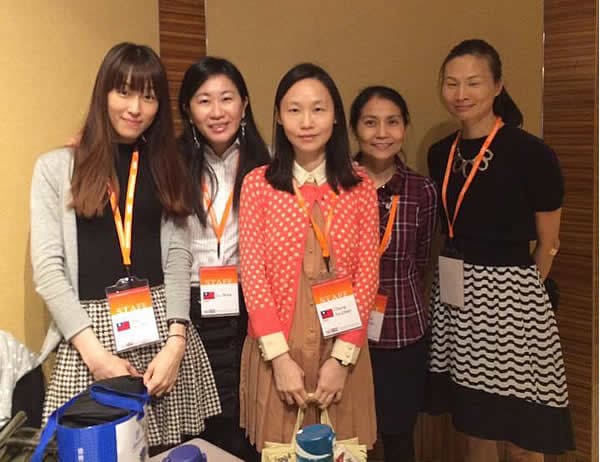
Special thanks to Yu-Chen and the team for all their work behind the scenes

